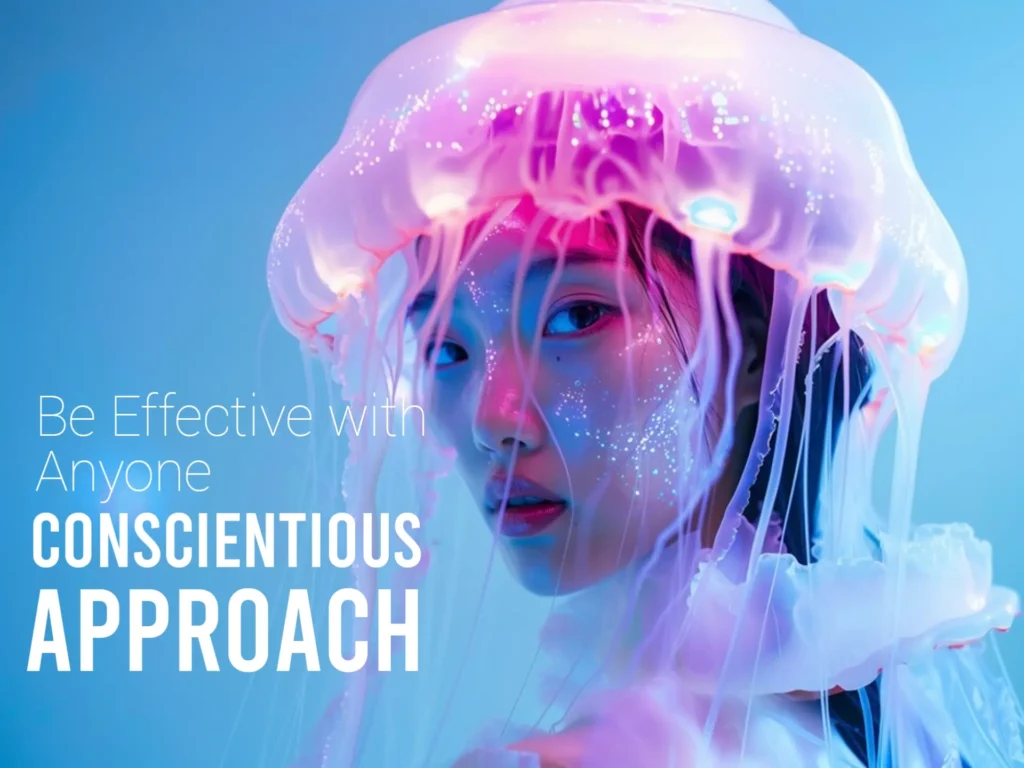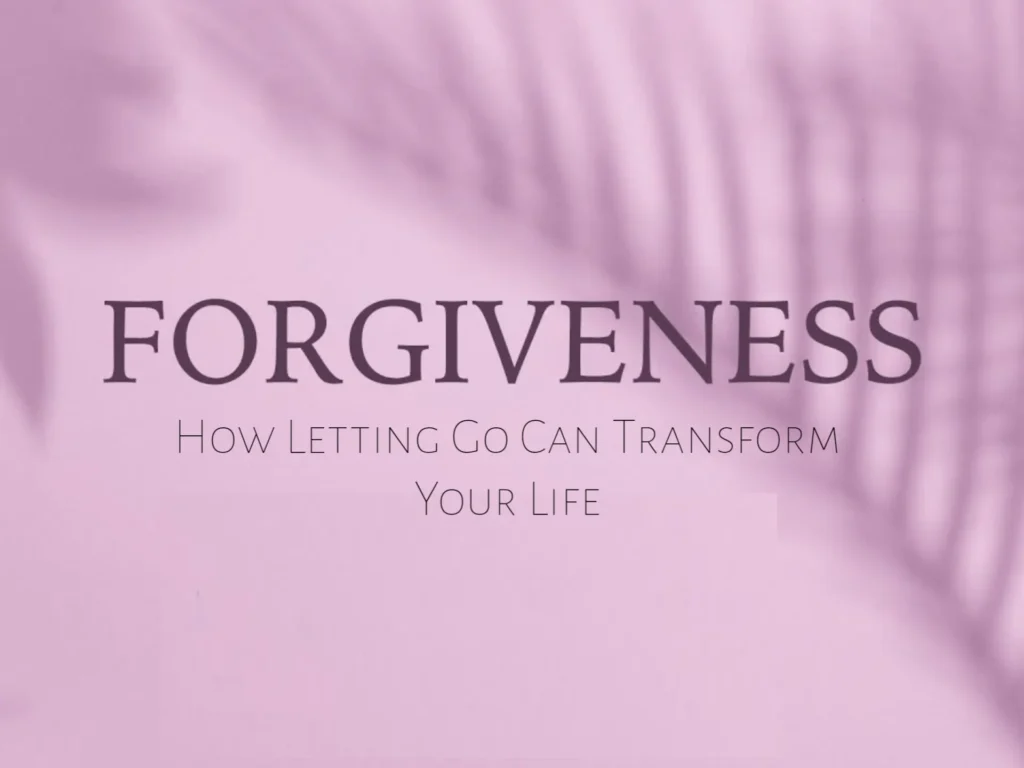How to Be Effective with Anyone: The Conscientious Approach That Works Every Time

Conscientiousness is one of the Big Five personality traits, and it plays a significant role in how people approach planning, deal with details, and manage schedules. Whether you’re naturally high or low in conscientiousness, understanding this trait can help you connect with others more effectively and navigate your personal and professional relationships with greater ease. Let’s dive into what conscientiousness is, how it manifests in different individuals, and how you can use this knowledge to be more effective with anyone.
High Conscientiousness: The Planner’s Mindset
People high in conscientiousness are focused, detail-oriented, and thrive on structure. They love to know the plan and are often the ones creating it. If you find yourself making lists for everything, enjoying the process of organizing, and feeling a rush from color-coding your files, you’re likely high in conscientiousness.
Here’s how this manifests:
- Attention to Detail: You love diving into the specifics, ensuring everything is just right. Whether it’s alphabetizing your bookshelf or creating a pro and con list before making a decision, you find satisfaction in precision.
- Love for Organization: Office supplies, Post-it notes, and planners are your best friends. You probably have a system for everything and believe in the mantra “everything has its place.”
- Commitment to Schedules: Timelines are not just suggestions for you; they are rules to be followed. You take deadlines seriously and expect others to do the same.
Low Conscientiousness: The Flexible Approach
On the other end of the spectrum, people low in conscientiousness are more flexible and spontaneous. They prefer to keep their options open and are not keen on being boxed in by rigid plans or detailed agendas. If you enjoy brainstorming big ideas and dislike getting bogged down by minute details, you’re likely low in conscientiousness.
Here’s how this manifests:
- Preference for Broad Strokes: You excel at seeing the big picture and are more interested in the overall strategy than the step-by-step process. Details can feel limiting to your creative flow.
- Flexibility: You don’t feel the need to stick to a strict schedule. You prefer to go with the flow and adapt as circumstances change.
- Creative Freedom: Without the constraints of detailed planning, you can explore new ideas and innovative solutions more freely.
Identifying Conscientiousness in Others
Understanding whether someone is high or low in conscientiousness can greatly improve your interactions with them. Here are some ways to identify where someone falls on this spectrum:
Ask About Projects: A simple question like, “Working on anything exciting these days?” can reveal a lot. A high conscientious person will likely list out their tasks and plans in detail, while a low conscientious person may respond more casually, expressing a desire to see where the day takes them.
Peek at Their Calendar: A high conscientious person’s calendar is usually meticulously organized, color-coded, and filled with specific tasks and reminders. In contrast, a low conscientious person may rely more on mental notes and spontaneity, with their calendar appearing sparse or non-existent.
Observe Their Desk: The workspace of a high conscientious person often resembles a showroom from The Container Store—neat, organized, and everything in its place. A low conscientious person’s desk, on the other hand, may be more chaotic, with papers and items scattered in what might look like disarray but makes sense to them.
Communication Styles Based on Conscientiousness
Knowing where someone falls on the conscientiousness scale can also guide how you communicate with them, particularly through email or in meetings.
High Conscientious Emails: When emailing someone high in conscientiousness, include all the necessary details, attach relevant documents, and outline the steps or phases of a project. They appreciate thoroughness and will likely respond more promptly to a well-structured email.
Low Conscientious Emails: For those low in conscientiousness, keep your communication concise and focused on the big idea. Too many details might overwhelm them, causing delays in their response. A simple, direct message with one clear action step works best.
Leveraging Conscientiousness to Be Effective with Anyone
To be effective in your interactions, it’s essential to understand and respect the conscientiousness levels of the people you work with or care about. Each level of conscientiousness brings unique strengths to the table, and recognizing these can help you create more harmonious and productive relationships.
High Conscientious Strengths:
- Creating Agendas: High conscientious people excel at planning and can be relied upon to set up detailed agendas and schedules.
- Running Meetings: Their attention to detail ensures that meetings run smoothly and all points are covered.
- Tackling Big Projects: With their organizational skills, high conscientious individuals can break down large projects into manageable tasks.
Low Conscientious Strengths:
- Going with the Flow: Low conscientious people are adaptable and can handle unexpected changes with ease.
- Generating Big Ideas: Their creativity shines when they are not bogged down by too many details, allowing them to think outside the box.
- Partnering for Success: By partnering with high conscientious individuals or using organizational tools, they can stay on track without losing their creative edge.
Applying Conscientiousness Awareness in Your Life
To make the most of this understanding, start by assessing the conscientiousness levels of the most important people in your life. Whether it’s your partner, colleagues, or friends, knowing where they stand can help you tailor your interactions to be more effective.
For High Conscientious Individuals:
- Volunteer to Organize: Take the lead in setting up systems, calendars, and routines. Your natural inclination toward order will benefit everyone involved.
- Provide Details: When discussing plans, make sure to cover all the bases. Your thorough approach will ensure nothing is overlooked.
For Low Conscientious Individuals:
- Focus on Big Ideas: Take charge of brainstorming sessions and avoid getting tangled in the minutiae. Your ability to see the bigger picture can lead to innovative solutions.
- Collaborate with Planners: Pair up with high conscientious individuals to handle the details. This allows you to stay creative while ensuring your ideas are implemented effectively.
Conclusion: How Conscientiousness Helps You Be Effective with Anyone
Understanding conscientiousness is a powerful tool in being effective with anyone you interact with. By recognizing whether someone is high or low in this trait, you can adjust your approach to communication, planning, and collaboration to suit their natural tendencies. This not only improves your relationships but also fosters a more balanced and productive environment where everyone’s strengths are leveraged to their fullest potential.







